Power over Ethernet (PoE) technology has revolutionized network systems by enabling devices to receive both power and data through a single Ethernet cable. It's an elegant solution for powering cameras, access points, IoT devices, and more, without requiring separate power supplies. However, as technology continues to evolve, so do the demands of connected devices. This is where PoE+—an enhanced version of PoE—comes in.
In this article, we’ll explore the fundamental differences between PoE and PoE+, their use cases, and how they integrate with solar powered PoE switches, a future-ready, eco-friendly networking solution offered by Lanbras. By understanding these key distinctions, you’ll be better equipped to choose the right technology for your networking needs.
What is PoE (Power Over Ethernet)?
PoE, defined under the IEEE 802.3af standard, is a technology that supplies both electrical power and data to network devices using standard Ethernet cables. Introduced as a cost-effective alternative to separate power supplies, PoE simplifies deployments by reducing the need for additional electrical wiring.
Key Features of PoE:
Power Output: Provides up to 15.4 watts of power per port.
Cabling Requirements: Requires Cat5 or higher Ethernet cables to deliver power and data reliably.
Applications: Best suited for low-power devices, such as:
Basic IP cameras.
VoIP phones.
IoT sensors.
PoE is ideal for setups with devices that require minimal power, offering a simple and efficient way to power them through a single, consolidated delivery system.
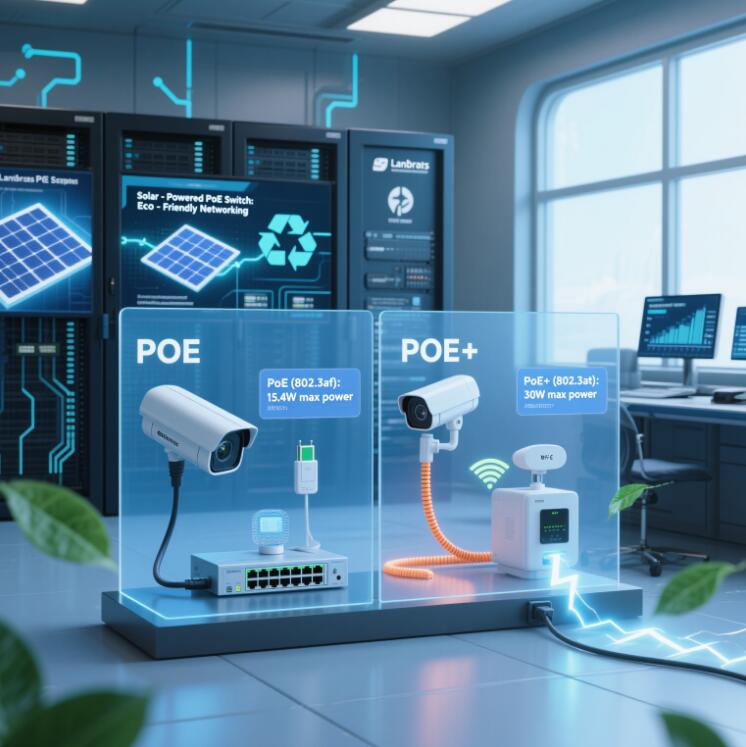
What is PoE+?
PoE+ builds on the foundation of PoE, offering higher power capabilities to accommodate devices with greater energy requirements. Officially recognized under the IEEE 802.3at standard, PoE+ nearly doubles the power delivery compared to standard PoE, making it perfect for high-demand networking setups.
Key Features of PoE+:
Power Output: Provides up to 30 watts of power per port, enabling the operation of more energy-hungry devices.
Cabling Requirements: Requires Cat5e or higher Ethernet cables for optimal performance.
Applications: Designed for high-power devices, such as:
PTZ (Pan/Tilt/Zoom) cameras with motorized functions.
Advanced wireless access points.
IoT devices requiring higher power for advanced functionalities.
PoE+ addresses the growing need for powering advanced networking hardware while maintaining the simplicity of a single Ethernet cable for both data and power.
Key Differences Between PoE and PoE+
When choosing between PoE and PoE+, it's essential to consider the specific needs of your network devices and the infrastructure you're powering. Here’s how they compare:
| Feature | PoE (IEEE 802.3af) | PoE+ (IEEE 802.3at) |
|---|
| Power Output | Up to 15.4 watts | Up to 30 watts |
| Voltage | 44–57 VDC | 50–57 VDC |
| Use Cases | VOIP phones, basic IP cameras | PTZ cameras, advanced IoT devices |
| Cable Requirements | Cat5 or higher | Cat5e or higher |
| Device Support | Low-power devices | High-power devices |
Why is the Difference Between PoE and PoE+ Important?
Understanding the difference between PoE and PoE+ is critical for ensuring that your network operates efficiently and reliably. Selecting the wrong type could lead to under-powering your devices or unnecessary energy consumption, particularly critical for deployments reliant on solar powered PoE switches.
For example:
PoE systems excel in scenarios where low-power devices like VOIP phones or basic IP cameras are used, ensuring energy efficiency.
PoE+, on the other hand, is necessary for more power-intensive devices such as motorized PTZ cameras or sophisticated wireless access points.
When using a solar powered PoE switch, getting the power budget just right is even more important to optimize energy drawn from solar panels and stored in batteries.
Compatibility of PoE and PoE+ with Solar Powered PoE Switches
One common question posed when integrating PoE technology with sustainable solutions is, "Can solar powered PoE switches handle both PoE and PoE+ devices?" The answer is a resounding yes—especially when you're working with advanced systems like those provided by Lanbras.
How Solar Powered PoE Switches Work with PoE and PoE+:
Dynamic Power Distribution: High-quality solar powered PoE switches can dynamically allocate power to connected devices, ensuring that power-hungry devices like PoE+ cameras don’t overload the system.
Energy Efficiency: Solar technology combined with PoE ensures that renewable energy is used efficiently to power all devices, extending the battery's life even for high-power devices.
Multi-Port Support: Lanbras solar powered PoE switches are designed to support both PoE and PoE+ across multiple ports, making them ideal for mixed deployments.
Which One Should You Choose: PoE or PoE+?
The decision to use PoE or PoE+ depends primarily on the power requirements of your devices and the scalability of your network. Here’s a quick guide:
When to Choose PoE:
Deployments with low-power devices like basic IP cameras, VOIP phones, or temperature sensors.
Scenarios where energy efficiency is prioritized over power capacity.
Smaller-scale setups with no immediate need for high-power devices.
When to Choose PoE+:
Networks with high-consumption devices like PTZ cameras, smart lighting systems, or advanced IoT devices.
Scenarios requiring future-proofing to accommodate more demanding devices as technology evolves.
Mixed-use setups powered by solar powered PoE switches, where devices with varying energy needs coexist.
By assessing your devices' power draw and considering potential future needs, you can make an informed choice that ensures your network remains robust and resource-efficient.
Benefits of Using Solar Powered PoE Switches with PoE and PoE+
Integrating PoE and PoE+ into a solar powered PoE switch setup provides distinct advantages:
Sustainability: Solar power eliminates dependency on traditional grid electricity, reducing carbon footprints.
Cost Savings: Operating on renewable energy significantly reduces energy bills over time.
Scalability: A solar powered PoE switch can power both PoE and PoE+ devices, making it easy to upgrade or expand your network.
Reliability: With a well-designed system, solar powered setups ensure uninterrupted performance even in off-grid or remote environments.
Lanbras's solar powered PoE switches are designed to optimize these advantages, delivering tailored solutions for your networking needs.
Conclusion
The choice between PoE and PoE+ boils down to power requirements, device compatibility, and system scalability. PoE is well-suited for low-power devices, while PoE+ caters to more demanding equipment. When combined with solar powered PoE switches, both technologies become even more versatile, pairing eco-friendliness with efficient networking.
Lanbras is committed to providing cutting-edge solar-powered solutions that support both PoE and PoE+ devices, ensuring you’re prepared for any networking challenge with a sustainable edge. Whether you’re building an off-grid IoT network, a smart farm, or a surveillance system, Lanbras has the perfect solution for you.
Explore our solar powered PoE switches today at lanaotek.com to take your network to the next level!
FAQs
Q: Can a PoE device work with a PoE+ switch?
A: Yes, a PoE+ switch is backward-compatible with PoE devices, ensuring seamless integration.
Q: Are solar powered PoE switches compatible with both PoE and PoE+ devices?
A: Yes, most modern solar powered PoE switches, including those from Lanbras, support both PoE and PoE+ standards.
Q: Do I need special cables for PoE+?
A: PoE+ requires Cat5e or higher cables to deliver up to 30 watts of power reliably.
Q: Can I power PoE+ devices with a solar powered system?
A: Absolutely! Lanbras’s solar powered PoE switches are designed to handle power-hungry PoE+ devices efficiently, ensuring consistent performance even in remote installations.
 Internet Data Center
Internet Data Center FAQs
FAQs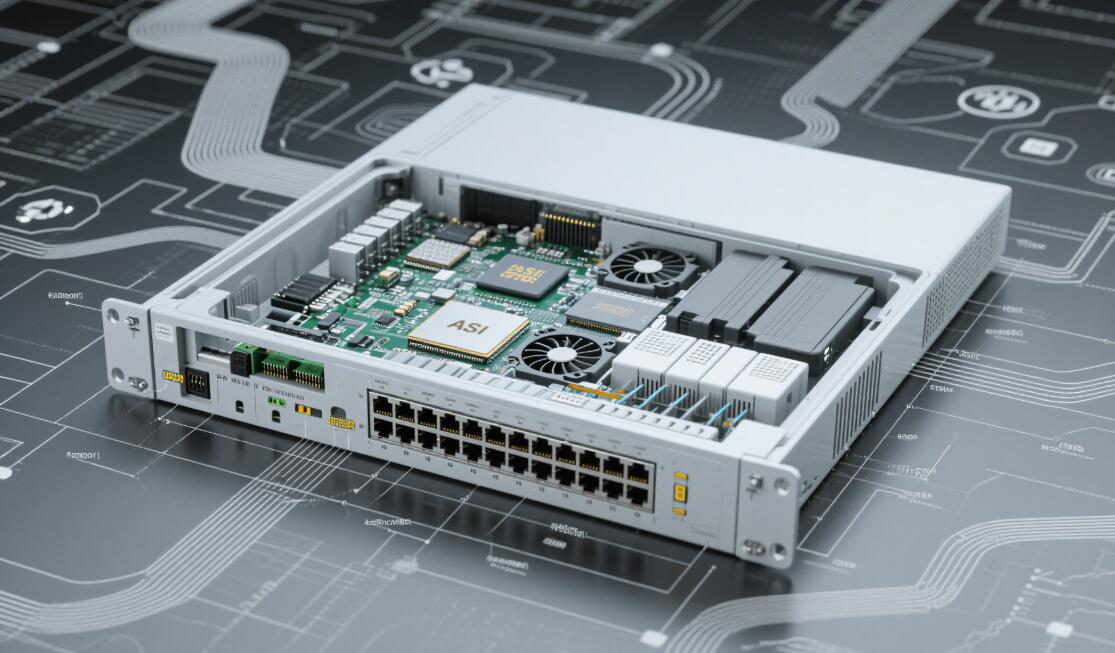 Industry News
Industry News About Us
About Us Data Center Switch
Data Center Switch  Enterprise Switch
Enterprise Switch  Industrial Switch
Industrial Switch  Access Switch
Access Switch  Integrated Network
Integrated Network  Optical Module & Cable
Optical Module & Cable 

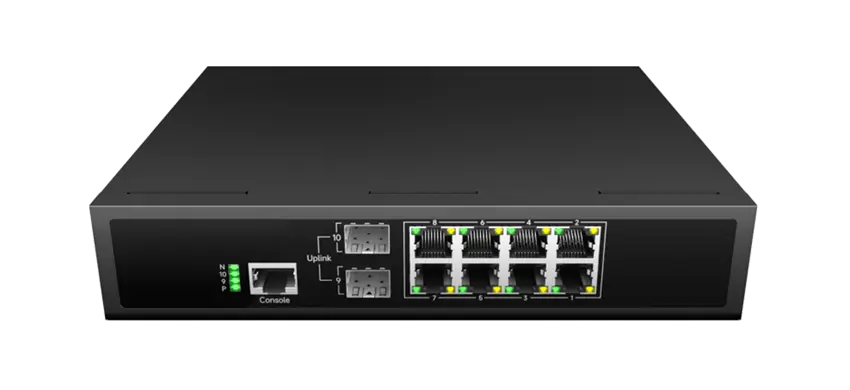
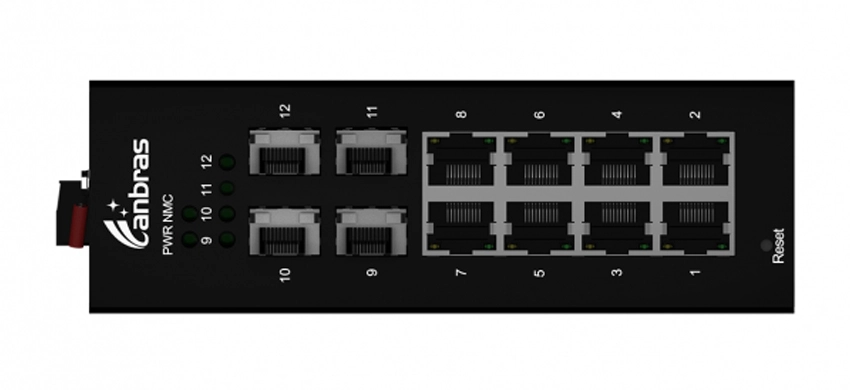
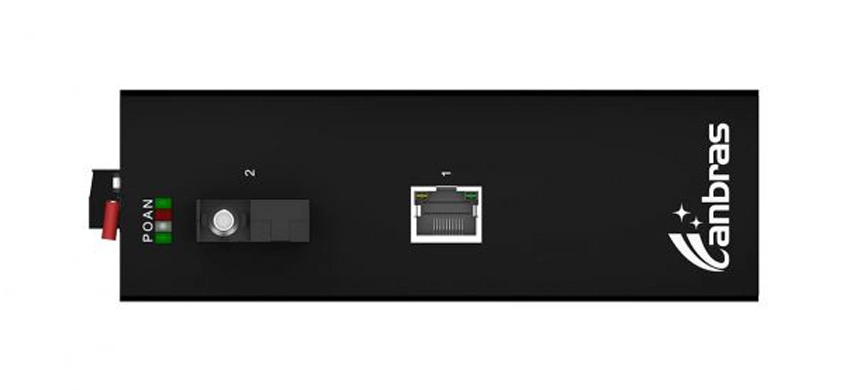
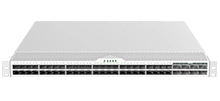


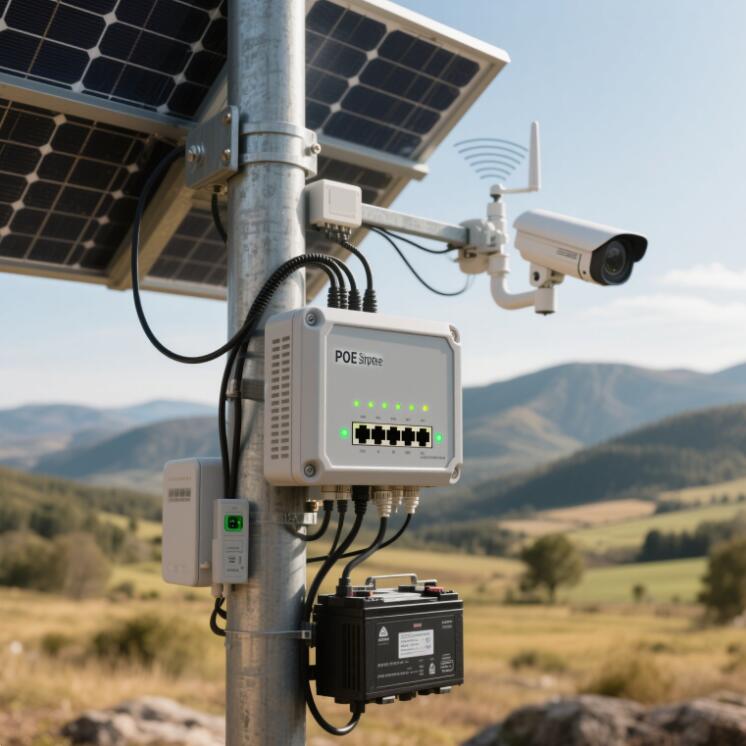
 Call us on:
Call us on:  Email Us:
Email Us:  Room 2106, 3D Building, Tianan Yungu Industrial Park, Xuegang Road No.2018, Bantian, Longgang, Shenzhen, P.R.C.
Room 2106, 3D Building, Tianan Yungu Industrial Park, Xuegang Road No.2018, Bantian, Longgang, Shenzhen, P.R.C.